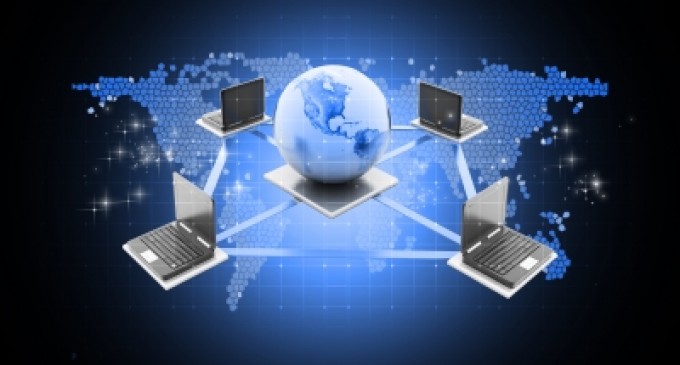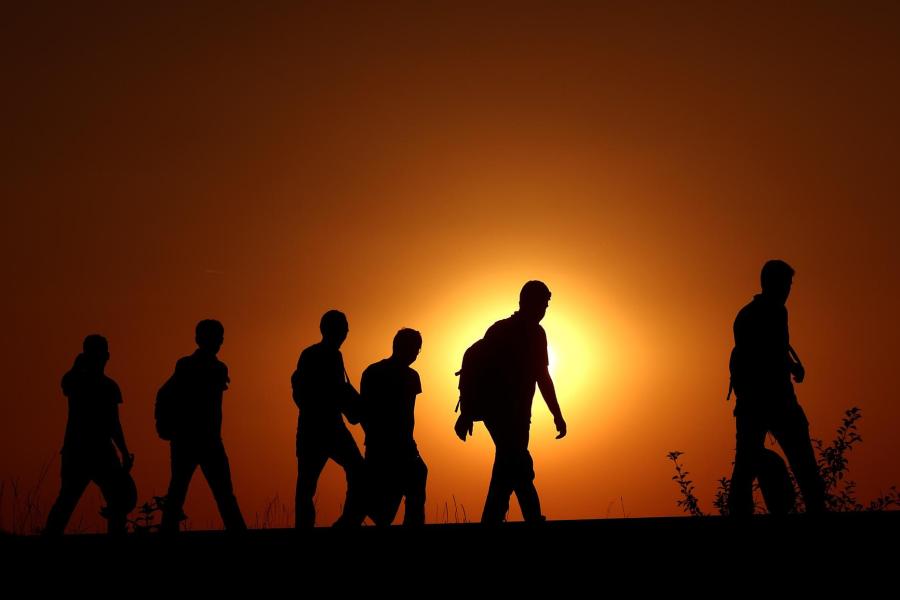الجغرافيا إزاء تعدد استخدامات الخرائط في ظل العصر الرقمي : المغرب مثالا
Geography Faced with Multiple Uses of Cards in the Digital Age Morocco as an example

اعداد : أ. عبد المجيد هلال، جامعة القاضي عياض، مراكش- المغرب
- المركز الديمقراطي العربي –
-
مجلة العلوم الاجتماعية – العدد الثالث مارس – سنة “2018”، وهي مجلة دولية محكمة تصدر عن المركز الديمقراطي العربي المانيا- برلين.Nationales ISSN-Zentrum für DeutschlandISSN 2568-6739
للأطلاع على البحث “pdf” من خلال الرابط المرفق :-
ملخص:
لقد أثَّرت تكنولوجيا الاتصالات الحديثة والثورة المعلوماتية، التي حدثت في نهاية القرن الماضي، في شتى الميادين في العصر الحديث، فأحدثت طفرة أفادت الفرد والمجتمع؛ وذلك من خلال تحسين مستوى إطار العيش باستخدام التكنولوجيا في الحياة العامة، كما أحدثت طفرة في مختلف العلوم، حيث ساعدت على تطوير مناهج وأدوات البحث العلمي، ولا تخرج العلوم التي تعتمد المعطيات ذات البعد الجغرافي عن هذه القاعدة، حيث تأثرت الجغرافيا والخرائطية والجيولوجيا وغيرها بالتقدم الرقمي والتكنولوجي، وذلك من خلال تجديد وتطور وسائل جمع وإنتاج وتحليل ونشر المعلومات وعلى رأسها استعمال نظم المعلومات الجغرافية، ثم عبر توظيف أدوات أخرى كجهاز التموقع، وآلة التصوير الرقمية، والكاميرا الرقمية، وأيضا الهواتف النقالة، بل إن هذه الأدوات التقنية لم تعد حكرا على الخبراء فقط، بل باتت منتشرة وشائعة بين عامة الناس، ويتم استعمالها ضمن ما أصبح يعرف بالجغرافيا الهاوية ذائعة الانتشار بين مستعملي الشبكة العنكبوتية، والمنبثقة من الحس الإنساني القائم على الميل التلقائي لتمثل محيطه والرغبة في التعبير عنه بعيدا عن رؤية الجغرافيا المتخصصة، وبشكل أكثر تحديدا، فقد أدى تطور شبكة الأنترنيت وانتشارها على نطاق واسع إلى ظهور شكل جديد من الخرائط يمكن قراءته والكتابة عليه من طرف العموم، وذلك منذ ظهور برنامج Google Earth سنة 2004 الذي أتاح إمكانيات البحث في الخرائط عن عناوين أو مدن أو شوارع، وهذا ما دفعنا لاختيار هذا الموضوع الذي يحاول تسليط الضوء على مكانة الخرائط الجغرافية في ظل الثورة المعلوماتية.
Abstract:
There is no doubt that modern information, communications and information revolution technology, which occurred in the world at the end of the last century, have affected various areas of the modern era. They have affected both the individual and the community through improving the lives of individuals by using technology in public life. They also made a boom in various fields of science, where they helped develop methodologies and tools of scientific research.
Science and specialties that depend on data with a geographical dimension follow this rule, influenced by geography, cartographic geology and other digital and technological progress through the renovation and development of the means of collection, production, analysis and dissemination of information, especially the use of Geographical Information Systems SIG, and by employing other tools such as: device positioning GPS, digital photocopiers, digital camera, as well as mobile phones. However, these technical tools are no longer the preserve of the experts only, but they have become widespread and common among the general public. Furthermore, they are used in what has become known as the amateur geography which is well-known among web users, emanating from the human sense-based automatic tendency to represent its surroundings and a desire to express it away from the vision of specialized geography. More specifically, the Internet development on a large scale has led to the emergence of a new form of maps that can be used by the common public, and that since the appearance of Google Earth in 2004, which allowed the search capabilities in the maps for addresses, cities and streets… This led us to choose this theme, which attempts to highlight the status of maps in the light of the information revolution.



